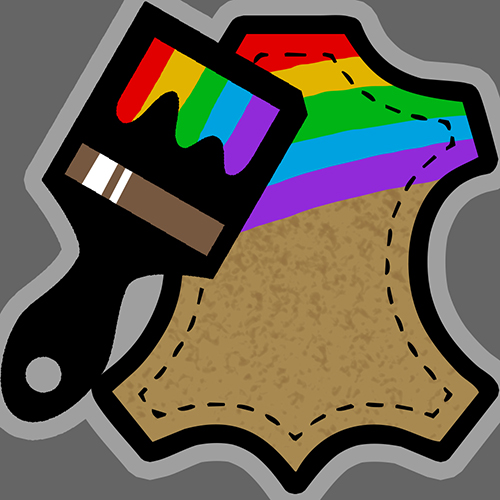Overview
USING SUBSTANCE PAINTER (recommended for high-end PCs) Step-by-step instructions on how to create a skin for any creature in The Isle. Includes download links and templates with helpful pictures. Recommended for people who know the basics of image editing software.
Disclaimer: Use at your own risk

I do not know how The Isle Development Team plans on implementing the Steam Workshop, or what file types they will be accepting to use as skins for dinosaurs. This method of creating a skin may result in a filetype that is not compatible with the way skins will be implemented in the future, and may have to be converted. It is still very early in development and there are many uncertainties.
This is just one method I have discovered to paint your own skin, and I am sure there are many more.
All models and original skins are copyright The Isle Development Team.

What You’ll Need

You can download a free 30 day trial from the Allegorithmic website.
Download here: [link]
Useful for small details such as eyes and teeth.
Photoshop CS2: [link]
GIMP: [link]
Setting up your Project
This portion outlines how to open any mesh into Substance Painter and how to load the normal maps onto the model.
1. Download both the mesh and the normal map for the animal you want to use.
2. Open Substance Painter.
3. Start a new Project using File > New…
4. In the New project window click Select… and browse for the mesh you want to use.
5. Select either DirectX or OpenGL for the Normal map format. This parameter will change depending on how the normal map was baked. If one option looks off, switch to the other. Leave the rest as defaults.
6. Click OK to create your new project. The result should look like below.

7. Change the tab to “All” in the window called “Shelf”.
8. Drag and drop the normal map file you downloaded into the window called “Shelf”.
9. Select Import for this session only. Example below.

10. Drag and drop the normal map file from the Shelf to the Select normal map socket in the TextureSet Settings window.
11. It will load onto your 3D mesh.

You will now have the model open with the normal map applied. You can now easily paint your model. It should look like below.

Colouring the Skin
I will only give you the basics here. Please check other sources online for more in-depth tutorials and painting methods.
In the Layers window change the selection to Base Colour. This will only paint the colours underneath the normal map. This is the only thing you should change, ideally. Using the painting brush with a new layer selected, click metal, rough, nrm, and height so that they are deselected. This means you will only be painting with pure colour instead of painting texture or height onto the model.
Click the coloured box under Base Colour to change the colour you are painting with. A window will pop up with colour sliders and a nifty eyedropper tool. From here, painting functions essentially like any other image editing software.
For smaller details I suggest editing your saved skin in Adobe Photoshop or GIMP. I find this is partucularly useful for custom eyes, teeth, claws, and mouths.
1. Click the Add a fill layer button on the Layers window.
2. Under the Properties – Fill panel, click Base Colour. It will then allow you to select a base texture to apply to your model. You must add the image to your shelf in the same way you added the normal map (dragging and dropping onto the shelf tab). Example below.

Examples
These are example skins that have been created using the same method as described in this tutorial.

